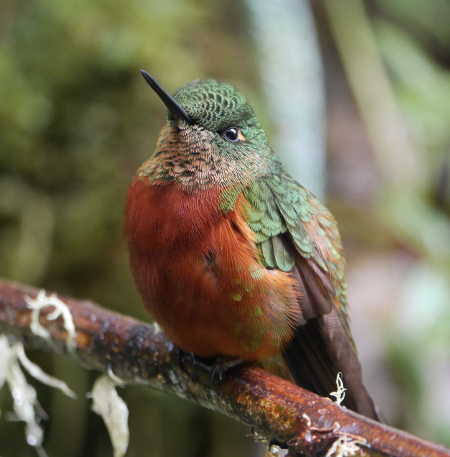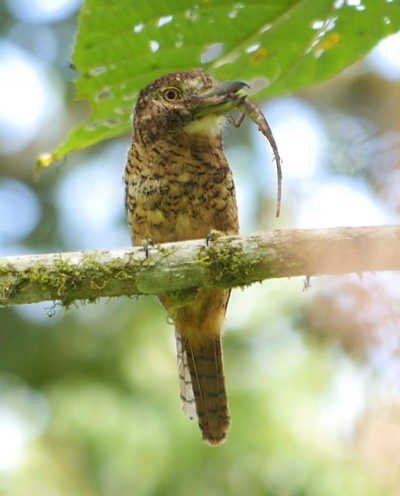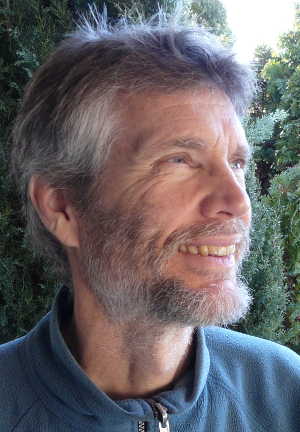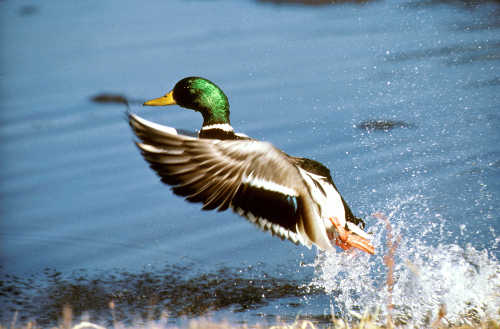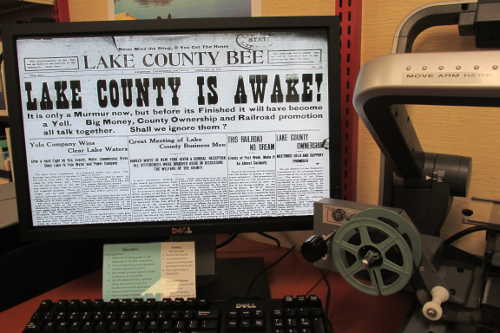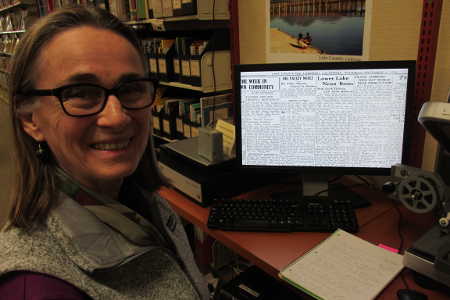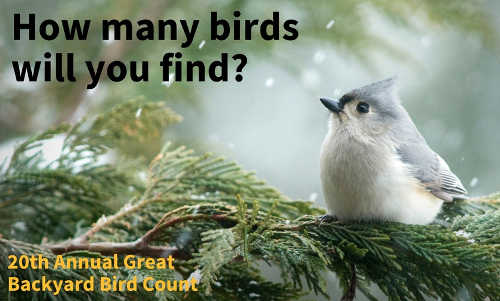- Editor
- Posted On
Caltrans releases draft State Bicycle and Pedestrian Plan
SACRAMENTO – Caltrans has released for public review the draft State Bicycle and Pedestrian Plan, which lays out the policies and actions Caltrans and its partner agencies should take to achieve the department’s ambitious statewide goals to double walking and triple bicycling trips by 2020.
“Active transportation is at the nexus of many of our state’s goals, from public health and reducing greenhouse gas emissions to fostering economic development and a sustainable multimodal transportation system,” said Caltrans Director Malcolm Dougherty. “In this plan we are identifying the strategies and actions we can take to create better opportunities for bicycling and walking to thrive across California.”
The draft plan, entitled “Toward an Active California, State Bicycle + Pedestrian Plan,” describes four objectives – safety, mobility, preservation and social equity – with corresponding strategies to bring the plan to reality.
The plan’s intent is to complement local and regional efforts already under way to create and implement their own active transportation networks.
The plan also highlights best practices from places around the world where active networks are increasingly popular.
Caltrans encourages stakeholders and the general public to review the plan and provide feedback on the document. Stakeholder feedback is critical to ensure that the policies developed through this plan reflect the diverse needs of all communities throughout the state.
Feedback can be provided during February meetings and webinars that will be held online and around the state. In addition, the public may review the plan and submit feedback electronically via a simple online comment tool. The comment period will close on March 10.
The final plan is anticipated to be completed in April of 2017.
For more details about the meetings, webinars and comment tool please visit www.cabikepedplan.org .

 How to resolve AdBlock issue?
How to resolve AdBlock issue? 
